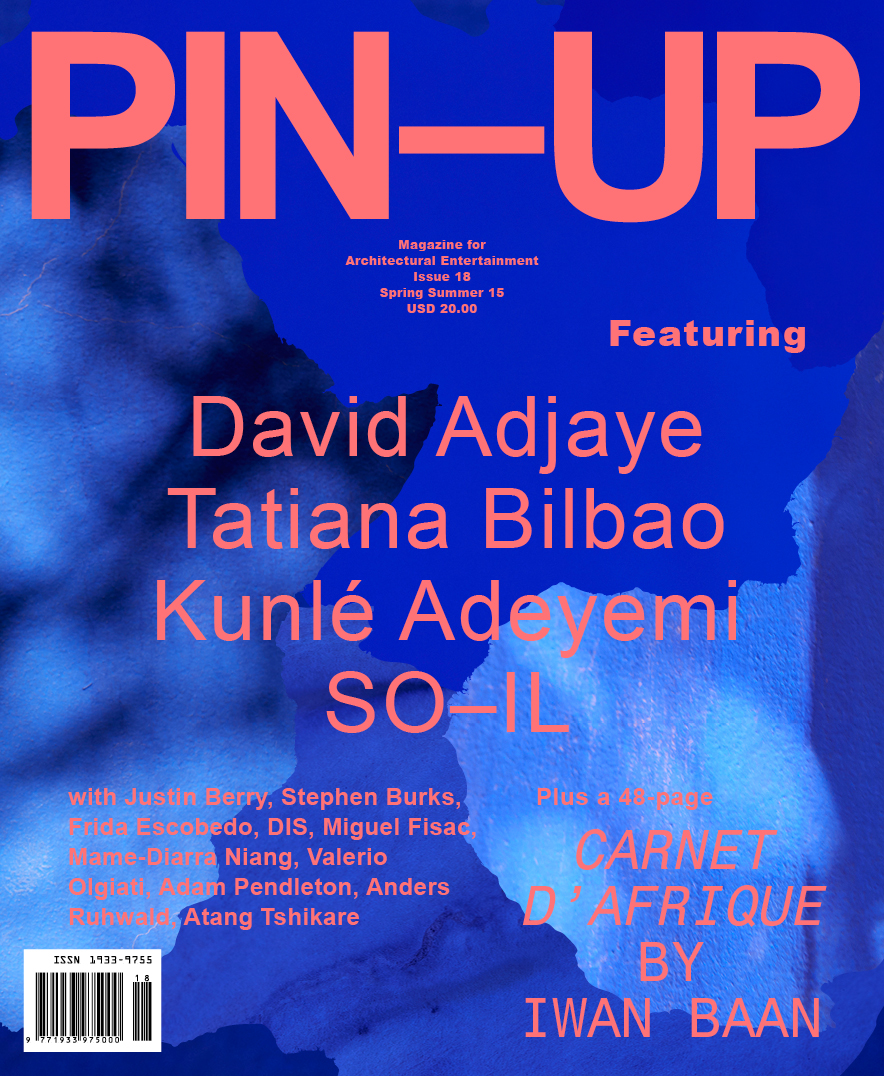What is the border? Line. Crossing. Wound. During the last four years—six if we count the run-up to the 2016 election—Donald Trump framed the US-Mexico border as a referendum on nationhood, with rhetoric so toxic and policies so brutal that other discourses, other lived experiences, were eclipsed by the shadow of the promised wall. And then on January 20, President Biden halted all work on Trump’s fortified fence while the new administration reviews construction contracts.
With that pause, which is neither truly benign nor pious, a temporary lightness allows us to see what has been wrought: new photos of partially built sections of the barrier in southern Arizona (commissioned by Insider magazine) show natural landscapes blasted and scarred. Yet it is in this lull that other outcomes seem, if not possible, then worth summoning. Two Sides of the Border: Reimagining the Region, recently published by Yale School of Architecture and Lars Müller Publishers, asks us to envision an alternative to the hardened US-Mexico boundary and its attendant violences, human and ecological.
